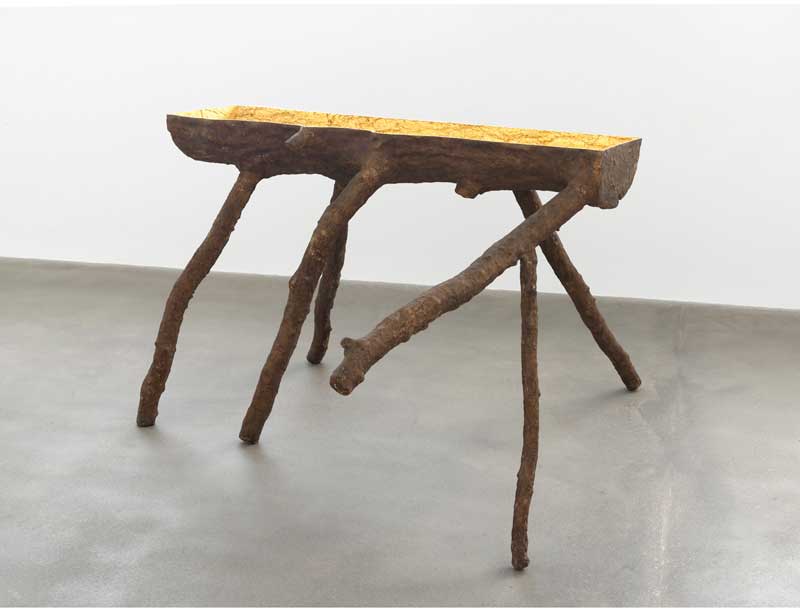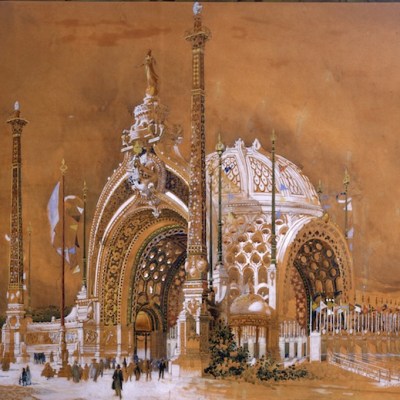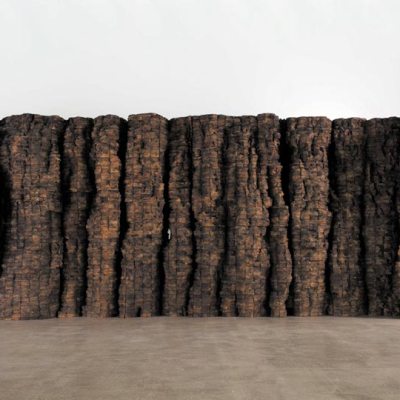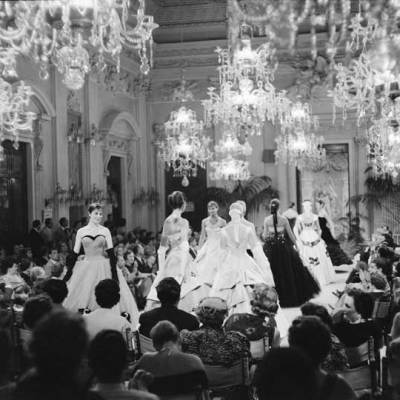In the middle of Giuseppe Penone’s solo exhibition ‘Circling’, at London’s Gagosian Gallery, is a pencil drawing that looks like a cross section cut from a tree. Rings circle out from one another, spilling over the edge of a piece of Japanese paper, tacked to the wall with four metal pins. When you get up close, you realise that in the centre of the expanding shape is a single thumbprint.
Propagazione Giuseppe Penone (1994), Pencil, ink on Japanese paper and wall drawing, 66 x 48.1 cm © Giuseppe Penone. Courtesy Gagosian Gallery

Penone has named the work Propagazione (Propagation) (1994). ‘It is a model of propagation that you see in a tree when you cut a section in the wood, but which is also present in sound and water’, he explains. ‘It is a shape that is integral to the universe, that starts with a single fingerprint, but is representative of the whole.’
A key figure of the ‘Arte Povera’ movement, Giuseppe Penone is known for using unconventional media, and questioning the definition of art. The works here explore the interplay between man, art and nature, themes the Italian artist has investigated since the late 1960s.
Pelle di marmo e spine d’acacia- Nadia Giuseppe Penone, (2006), Carrara marble,canvas, acrylic, glass microspheres, acacia thorns
100 x 140 x 6 cm © Giuseppe Penone. Courtesy Gagosian Gallery

Three other works hang in the room. All are called Pelle di marmo e spine d’acacia (Skin of Marble and Acacia Thorns) (2006), then each is given a separate women’s name to finish the title – Nadia, Livia and Marta. Each work is oblong, and combines a smooth, carved slab of marble with a canvas covered in sharp, jagged acacia thorns.
The thorns follow the lines in the marble. ‘It is a continuation of the marble’s veins,’ explains Penone, ‘which I noticed are similar to the veins in a human hand. You get an attraction to the marble because it is soft and you can touch it. There is a contrast between the two, they are opposite.’
Matrice di Bronzo (Bronze Matrix) (2008), is a bronze cast of a tree, with its branches harshly pollarded. Penone made it by covering a trunk of wood with wax, and then casting it in bronze, allowing his fingerprints to become mixed with the print of the tree’s bark. ‘The tree is a spectacular creation’, he tells me. ‘Because each part of the tree is necessary to its life, it is the perfect sculpture.’ Inside the sculpture, he has poured the tree’s resin, which he likens to its blood or interior life.
Matrice di bronzo Giuseppe Penone, (2008), Bronze,gold,resin
118 x 218 x 190 cm © Giuseppe Penone. Courtesy Gagosian Gallery

In this collection of sculptures and drawings, Penone is exploring how works of art are formed in the human mind. ‘In general we are interested in a form that is anthropomorphic, that is related to the body’, he comments. ‘We recognise a face in the earth. It is something that is related to our psychology of survival, our shape and understanding of reality.’
‘Giuseppe Penone: Circling’ is at Gagosian Gallery (Britannia Street), London, until 31 May.



